ER-MIMU-101 North-seeking MEMS IMU
Introduction
ER-MIMU-101 is a micromechanical technology (MEMS)-based inertial measurement unit (IMU). which has the advantages of small size and light weight. Built-in three-axis gyroscope and three-axis accelerometer for measuring the three-axis angle parameters of the carrier, such as angular velocity, acceleration. The output data after error compensation (including temperature compensation, installation dislocation angle compensation, nonlinear compensation, etc.) are solved to obtain carrier attitude, velocity, displacement and other information.
ER-MIMU-101 uses a high-precision and high-reliability MEMS accelerometer and gyroscope. It can be used for precise navigation, control, and dynamic measurements. Even in harsh environments, angular velocity and acceleration information of moving carriers can be accurately measured.
Features
Three-axis digital gyroscope:
The bias instability can be up to 0.01 º/h (Allan variance);
Bias Repeatability: 0.1 º/h
Angle random walk: <0.0025º/√h.
Three-axis digital accelerometer:
Dynamic measurement range: ±30g;
Bias instability: 10ug (Allan variance);
Ensure accuracy over the full temperature range (-40°C~80°C): Built-in high-performance temperature calibration and compensation algorithm;
Low power consumption: 2W
Communication interface: 1 SPI
Applications
High-precision attitude measurement, stability control, positioning
Attitude control in UAV launch systems, satellite antennas, target tracking systems, etc
Attitude measurement and control of precision platforms
Navigation-level Navigation in a MEMS system
Land Survey/Land Mobile Mapping System
Railway train system monitoring and control, etc
Specifications
| Parameter | Test condition | A | B | C | Unit |
| Gyroscope | |||||
| Measuring range | / | ±50 | ±100 | ±200 | º/s |
| Bias stability | 10s smoothing,1σ | 0.05 | 0.1 | 0.1 | º/h |
| Bias instability | (1σ 25℃)Allan variance | 0.01 | 0.02 | 0.02 | º/h |
| Random Walk | <0.0025 | <0.005 | <0.005 | º/√h | |
| Bias Repeatability | 1σ,25℃ | <0.1 | <0.1 | <0.1 | º/h |
| Scale factor at 25°C | / | 160000 | 80000 | 40000 | LSB/°/s |
| Scale factor non-linearity | 1σ | <200 | <200 | <300 | ppm |
| Scale factor repeatability | 1σ | <50 | <50 | <100 | ppm |
| Accelerometer | |||||
| Measuring range | ±30 | g | |||
| Bias instability | Allan variance | 10 | ug | ||
| Bias stability | 10s smoothing,1σ | <50 | ug | ||
| Bias temperature coefficient | <20 | ug/℃ | |||
| Bias temperature hysteresis | <1.5 | mg | |||
| Bias month repeatability | 1σ | 100 | ug | ||
| Scale factor non-linearity | <500 | ppm | |||
| Scale factor month repeatability | <30 | ppm | |||
| Bandwidth | 100 | Hz | |||
| Communication Interface | |||||
| 1 way SPI | Baud rate | <15 | MHz | ||
| Electrical specification | |||||
| Voltage | 6-12 | V | |||
| Power dissipation | 2 | W | |||
| Structural characteristics | |||||
| Dimension | 47×44×14mm | ||||
| Weight | 40 | g | |||
| Operating environment | |||||
| Operating temperature | -40~80 | ℃ | |||
| Storage temperature | -55~105 | ℃ | |||
Dimension
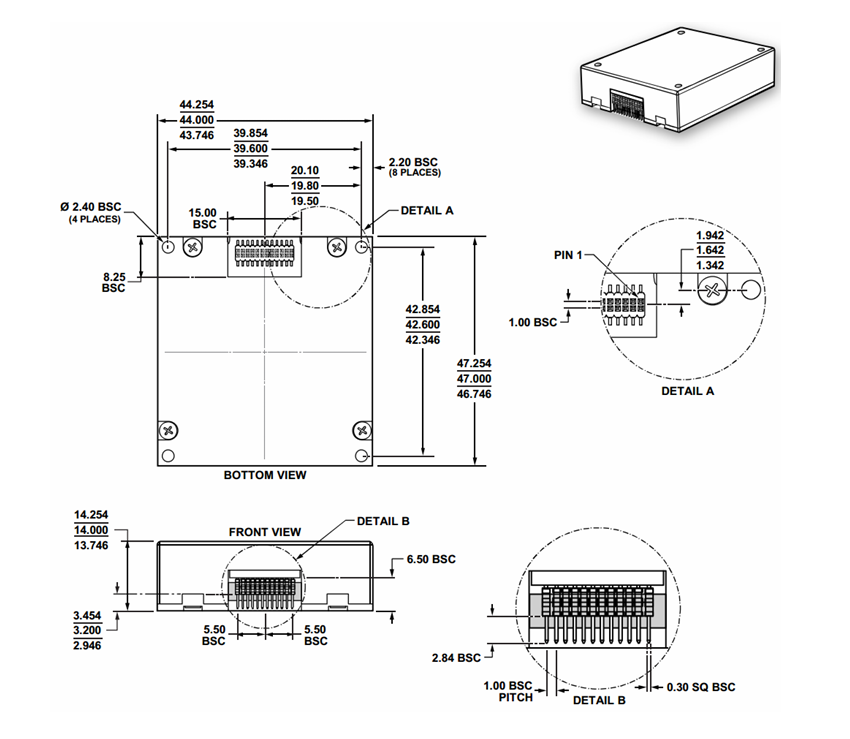
Application Techniques
1.Do you know the core components that give precise control to automated equipment
2.High-performance IMU: A New Benchmark for Precise Measurement and Control
3.Industrial Versatile Tool: High Cost-Performance IMU Meets Diverse Needs
4.Flight safety secrets: The core role of high-precision IMUs in aviation
5.Revolutionizing drone navigation: How to redefine high performance and low cost
6.From flight control to fault diagnosis, how does IMU dominate drones?


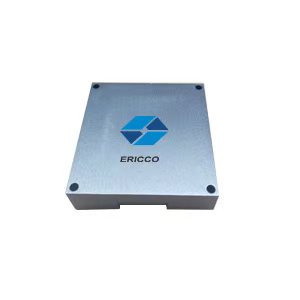
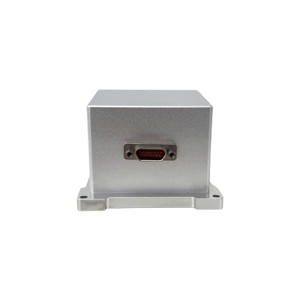
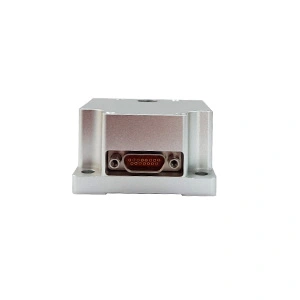
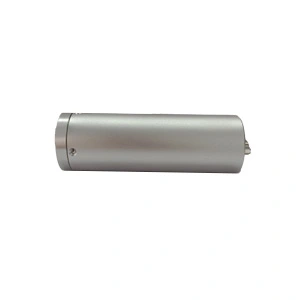
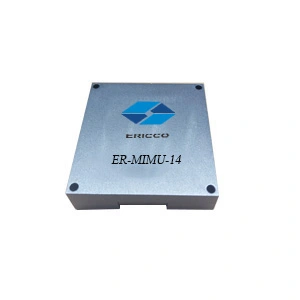
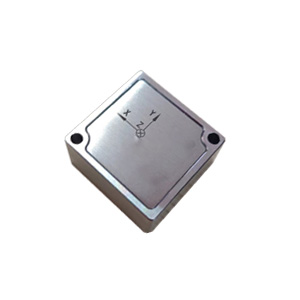
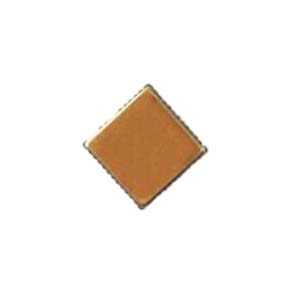 Economical MEMS Gyroscope
Economical MEMS Gyroscope